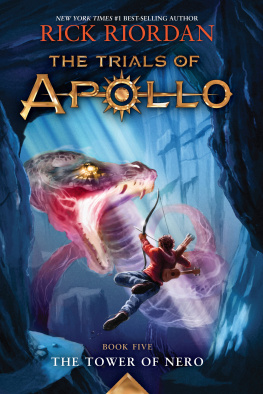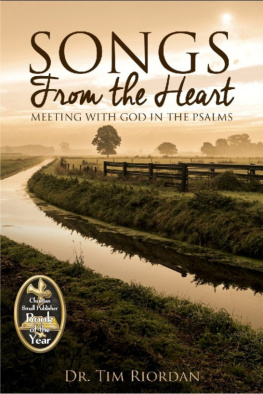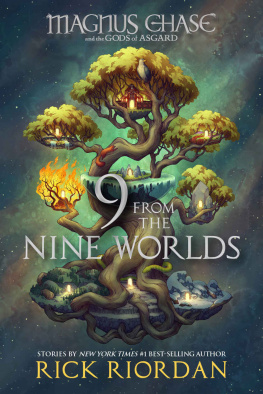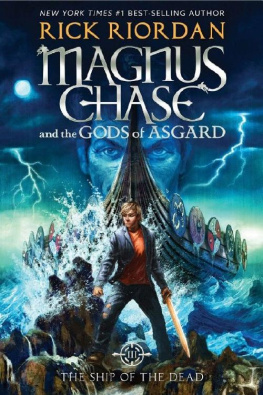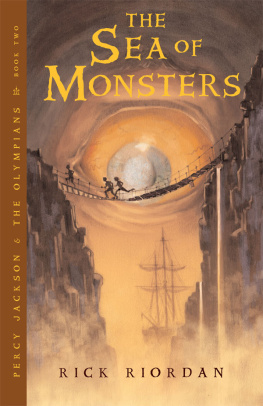2012 by the University of Washington Press
16 15 14 13 12 5 4 3 2 1
All rights reserved. No part of this publication may be reproduced or transmitted in any form or by any means, electronic or mechanical, including photocopy, recording, or any information storage or retrieval system, without permission in writing from the publisher.
University of Washington Press
PO Box 50096, Seattle, WA 98145, USA
www.washington.edu/uwpress
Library of Congress Cataloging-in-Publication Data
Fienup-Riordan, Ann.
Ellavut / our Yupik world and weather : continuity and change on the Bering Sea coast / Ann Fienup-Riordan and Alice Rearden.
p. cm.
Includes bibliographical references and index.
ISBN 978-0-295-99161-0 (pbk. : alk. paper)
1. Yupik EskimosScienceAlaskaBering Sea Coast. 2. Yupik EskimosAlaskaBering Sea CoastSocial conditions. 3. Indigenous peoplesEcologyAlaskaBering Sea Coast. 4. Climatic changesAlaskaBering Sea Coast. 5. Global environmental changeAlaskaBering Sea Coast. 6. Bering Sea Coast (Alaska)Environmental conditions. I. Rearden, Alice. II. Title.
E99.E7F45 2012
305.897'14016451dc23 2011041461
Printed and bound in the United States of America
Designed by Ashley Saleeba
Composed in Minion Pro and ITC Franklin Gothic
The paper used in this publication meets the minimum requirements of American National Standard for Information SciencesPermanence of Paper for Printed Library Materials, ANSI Z39.48-1984.
Frontispiece: A young Kwigillingok hunter holding up a spotted seal taken along the ice edge sometime in the late 1940s. The kayak is covered in canvas. Warren Petersen, Petersen Family Collection
ISBN: 978-0-295-80497-2 (electronic)
ACKNOWLEDGMENTS
Our greatest thanks to the dozens of Yup'ik men and women from throughout the region who so generously shared their wisdom and knowledge. Their hope is that readers can learn from their experiences and live betterand saferlives. We are especially grateful to Simeon and Anna Agnus of Nightmute, Frank Andrew and Roland Phillip of Kwigillingok, Nick Andrew Sr. of Marshall, George Billy of Napakiak, Lizzie Chimiugak and Martina John of Toksook Bay, John Eric and Paul Tunuchuk of Chefornak, Michael John and Peter John of Newtok, Paul Kiunya Sr. of Kipnuk, and John Phillip Sr. of Kongiganak. We also thank Paul John of Toksook Bay, the Nelson Island leader whom John Eric referred to as akagarcailkutiit (one who prevents them from rolling). Throughout our discussions, he kept us on the right track.
The Calista Elders Council (CEC), which is the primary heritage organization in southwest Alaska representing the region's 1,300 elders sixty-five years and older, guided our work. CEC's executive director, Mark John, and its board of directors, including Bob Aloysius of Kalskag, Nick Andrew Sr., Peter Elachik of Kotlik, Peter Jacobs Sr. of Bethel, Paul John, Paul Kiunya Sr., Martin Moore Sr. of Emmonak, Moses Paukan Sr. of St. Marys, John Phillip Sr., and Moses White Sr. of Kasigluk, provided invaluable guidance and support throughout.
The National Science Foundation, Office of Polar Programs, funded our work under two grants. The first (Grant 9909945) supported a traditional knowledge project that was carried out between 2000 and 2005 and enabled the CEC to host small gatherings with elders from throughout the region, during which staff documented Yup'ik views of the environment. The second was carried out under NSF's BEST (Bering Ecosystem Study) Program (Grant 0611978, Publication BEST BSIERP 14). BEST is a multiyear, multiproject study of the dynamics of change in the eastern Bering Sea involving more than a hundred researchers. Our Nelson Island Natural and Cultural History Project was the one BEST project that dealt with sociocultural issues. The others all focused on the physical science and biology of the Bering Sea. Being part of such a large, integrated research initiative has been rewarding. CEC staff and board members have learned a great deal from other BEST researchers about the imarpik (ocean). We have also tried to share with our partners a nearshore Yup'ik perspective on the Bering Sea, based on decades of personal experience. Special thanks to our NSF program officers, Anna Kerttula de Echave and William Wiseman, for setting these collaborations in motion.
Other organizations have contributed to our work, especially during the three-week circumnavigation of Nelson Island in July 2007 that was a major component of our Nelson Island project. Calista Corporation provided the CEC with office space in Anchorage, financial support, and the expertise of their vice president of Land and Natural Resources, June McAtee. The Association of Village Council Presidents provided office space in Bethel as well as the services of archaeologist Steve Street. And the US Fish and Wildlife Service loaned us newly hired biologist Tom Doolittle, who spent his first weeks on the delta learning from Nelson Island elders and sharing his experiences in turn. The Nelson Island project also received endorsement from the International Polar Year organizing committee as part of the larger SIKU (Sea Ice Knowledge and Use) initiative, providing linkages to other projects, primarily ELOKA (Exchange for Local Observations and Knowledge of the Arctic). Special thanks also to the Alaska Humanities Forum and the Rasmuson Foundation, whose generous assistance made this publication possible.
This book is the ninth produced by the CEC in our efforts to document Yup'ik oral traditions, not as arcane facts but as knowledge systems with continuing relevance in our rapidly changing world. The transformation of the social landscape during the last fifty years has been matched by dramatic changes in the lowland delta and coastal environments of southwest Alaska. The first CEC publicationsWise Words of the Yup'ik People: We Talk to You because We Love You and Yupiit Qanruyutait/Yup'ik Words of Wisdomwere written to share the foundational values of Yup'ik people embodied in their qanruyutet (words of wisdom), which continue to guide their relations with one another. This book presents the values and qanruyutet that guide Yup'ik people in their relations with the land and sea. That one book should follow the other is no accident, as how one should act on the ocean and the land and how one should treat one's fellow humans are closely bound.
Yup'ik views of ellavutour world and its weatherare multitudinous, and we cannot claim that our treatment is comprehensive. Although we have talked with elders from throughout southwest Alaska, we have worked most closely with men and women from the Canineq (lower Kuskokwim coastal) region and Nelson Island. In regional gatherings elders often stated that what they heard from others applied in their areas as well. Likewise, I am often struck by how much their words apply to my own kass'aq life.
Elders always shared information in the Yup'ik language, and my friend and colleague Alice Rearden did the lion's share of the transcription and translation, ably assisted by David Chanar and Marie Meade. Alice's commitment to accuracy and clarity shines through these pages. Moreover, Alice and I were partners at elders' gatherings during which this information was recorded. I came armed with questions and word lists, but it was Alice's sharp mind and boundless curiosity that encouraged elders to share so much. As I worked on these chapters, Alice was always my first and best readeranswering questions, spotting errors, making suggestions. I shaped the words she provided. Alice taught me as much as any elder, and always with humor and kindness. She made collaboration a real joy. After working with Alice for over ten years, how can I claim sole authorship in the old pith-helmet-wearing anthropological tradition? I can't.




